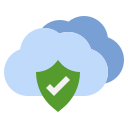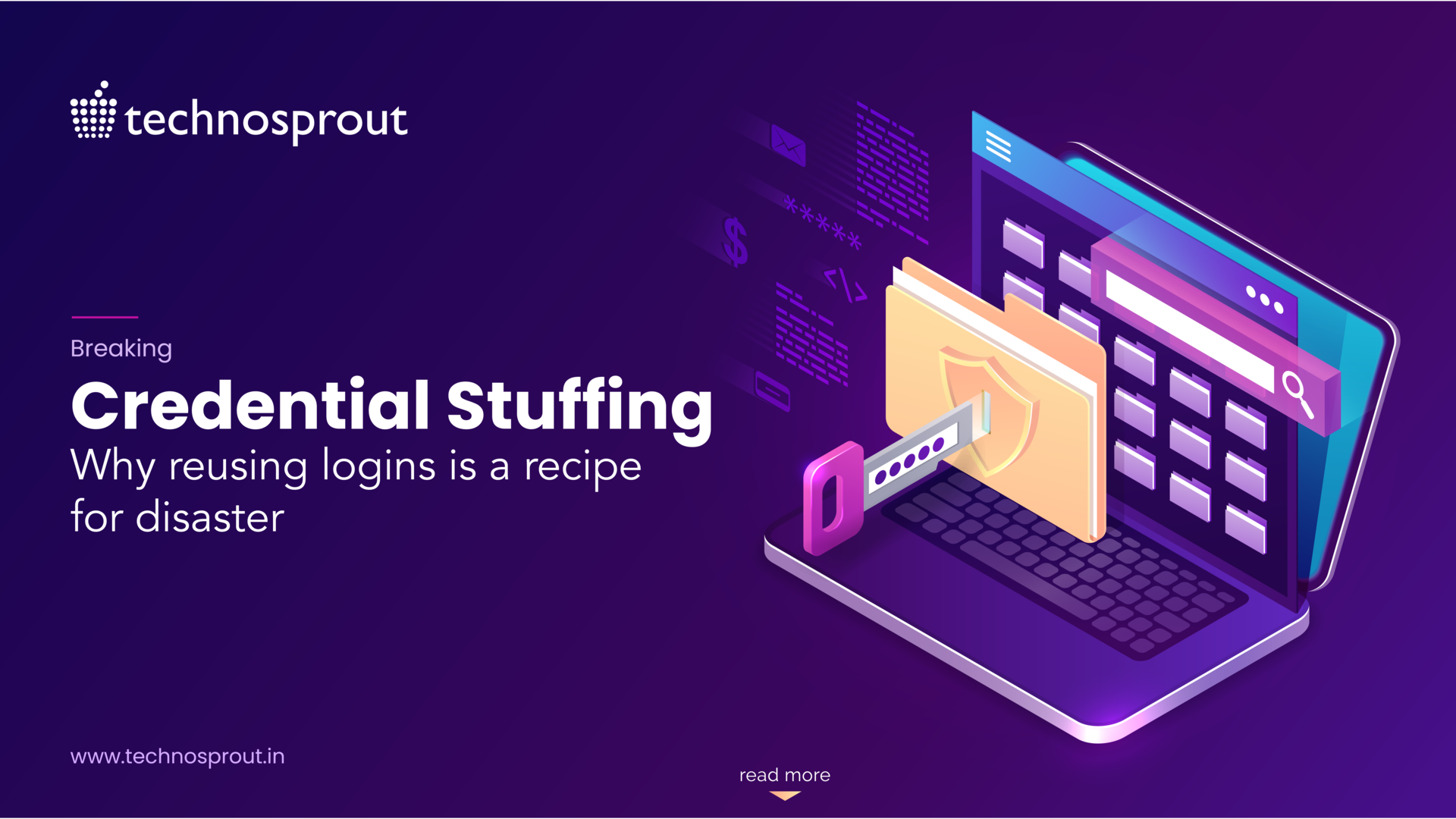Cloud Native Application Protection Platform (CNAPP) is a security and compliance solution that integrates and centralizes diverse functions into a single user interface. The CNAPP solution is designed to assist teams in developing, deploying and running secure cloud-native applications in today’s dynamic cloud environment. As more enterprises embrace DevSecOps, they seek strategies to assure cloud-native application security, safeguard business-critical workloads and expedite operations. Originally called Cloud Native Security Platforms (CNSP) by Palo Alto Networks, Gartner terms it CNAPP, which unifies functionality for Cloud Security Posture Management (CSPM), Cloud Workload Protection Platforms (CWPP), Cloud Infrastructure Entitlement Management (CIEM) and CI/CD security into a unified, end-to-end solution to secure cloud-native applications across the full application lifecycle, from development to production.
This approach ensures that security, cloud infrastructure and DevOps teams can offer full-stack security by providing insight across silos. A single platform can secure apps at runtime while simultaneously integrating security into development workflows to detect and remediate issues early in the application lifecycle with CNAPP.
Why Implement CNAPP?
The issue with most enterprises is that their approach to cloud-native security has typically been reactive rather than proactive. Instead of approaching security holistically, it has been addressed as a one-off problem, causing organizations to choose separate solutions or technologies, resulting in a patchwork approach that can create a slew of challenges like:
Point Solutions can generate extra work: Workstreams tend to become larger making it difficult to manage the growing tool stack. As most solutions do not interact with each other without additional work, teams have limited visibility and security.
You cannot deploy consistent protection: A number of security tools can be hosted to perform checks at single points in the application lifecycle, however without consistent controls between development, deployment and runtime; security, as well as risk teams, are left evaluating divergent vulnerability and configuration issues results.
Blind spots are created by separation: Blind spots appear in the gaps between solutions when there is no single tool. Therefore, cloud security teams must investigate vulnerabilities across several cloud services, workloads or apps, networks, data and permissions.
For every distributed problem, you need an integrated solution.
One of the major catalysts for a comprehensive, integrated security platform is the fact that cloud security necessitates several teams navigating a tough combination of granular and overlapping roles across functional areas.
Infrastructure
Teams must identify where their obligations commence and finish in terms of the shared responsibility framework; evidence continually demonstrates that enterprises overestimate the protection and alerts provided by their CSP. Furthermore, there are redundant requirements for CSPM from networking, storage and compute instances, yet each of those environments requires access and permission controls established from CIEM.
Workload and Application
Similarly, vulnerability management, compliance monitoring, policy enforcement and runtime protection are required for the workloads and applications running on that infrastructure. Typically, security teams or DevOps teams are required to ensure that protection is in place. These technologies, however, must be connected with data from CI/CD pipelines and extended into runtime for web apps and APIs.
Network
These applications need a network that provides dependable and secure connectivity. Protecting network connectivity necessitates least-privileged access for workloads that interact with other workloads as well as inline risk mitigation.
Identity and Permission
Underpinning each of these areas are entitlements and permissions for cloud infrastructure and services, which must manage the requirement for dispersed access with risk management to make sure excess or obsolete permissions don’t damage the other efforts.
Coding and Development
Developers and DevOps teams are responsible for producing high-quality code, which in most situations also implies secure code; however, security teams must give the insights that DevOps need to build secure code. Injecting security guardrails as early as feasible necessitates the use of coherent tools that span the whole application lifecycle.
Every team must collaborate carefully to ensure that these protections are regularly maintained and CNAPP is the integrated tool that aids in breaking down the silos that now exist.
We are confident that Prisma Cloud maps to the Gartner CNAPP category. You may read the complete list of suggestions by downloading the free report.
Now, Let’s talk about how you implement and manage CNAPP- And here’s where Technosprout comes in…
Learn more about Technosprout Systems Pvt. Ltd. to Asses, Design, Implement and Manage your Cloud Security Posture. Visit Technosprout to know how we help you secure your assets once you have set foot in the cloud journey and have selected your cloud partner.
On adopting services from Technosprout, the enterprise collaborates with our skilled and trusted workforce led by our service head, who acts as an ongoing consultant to support the enterprise’s adoption of the preferred solution.





